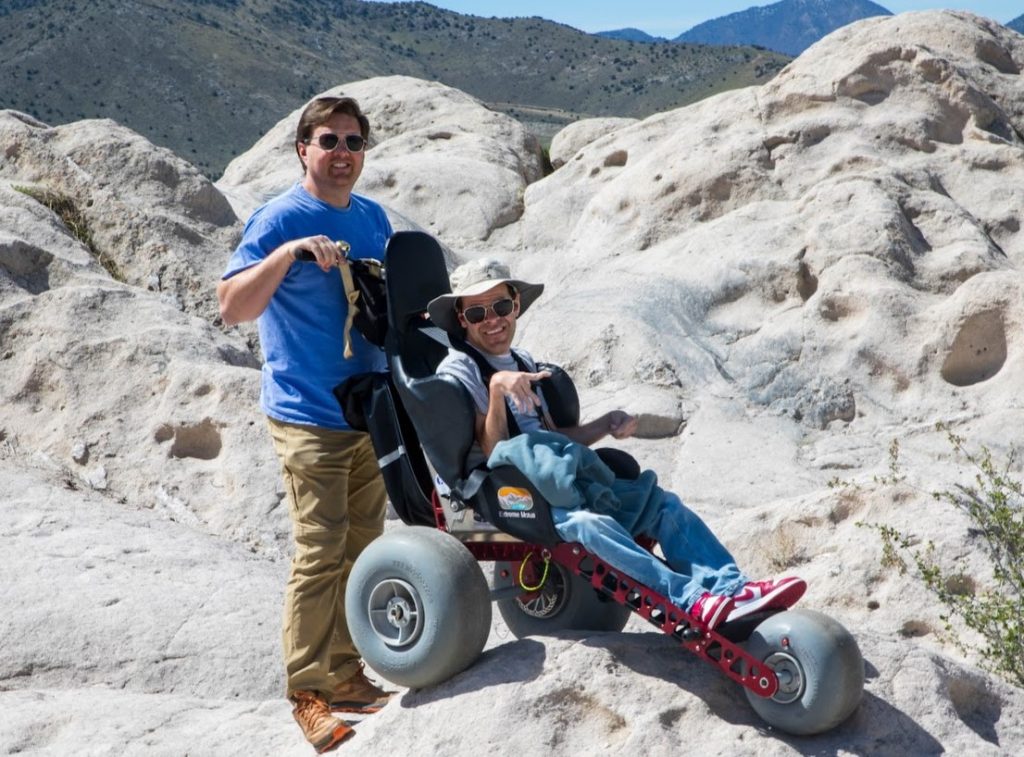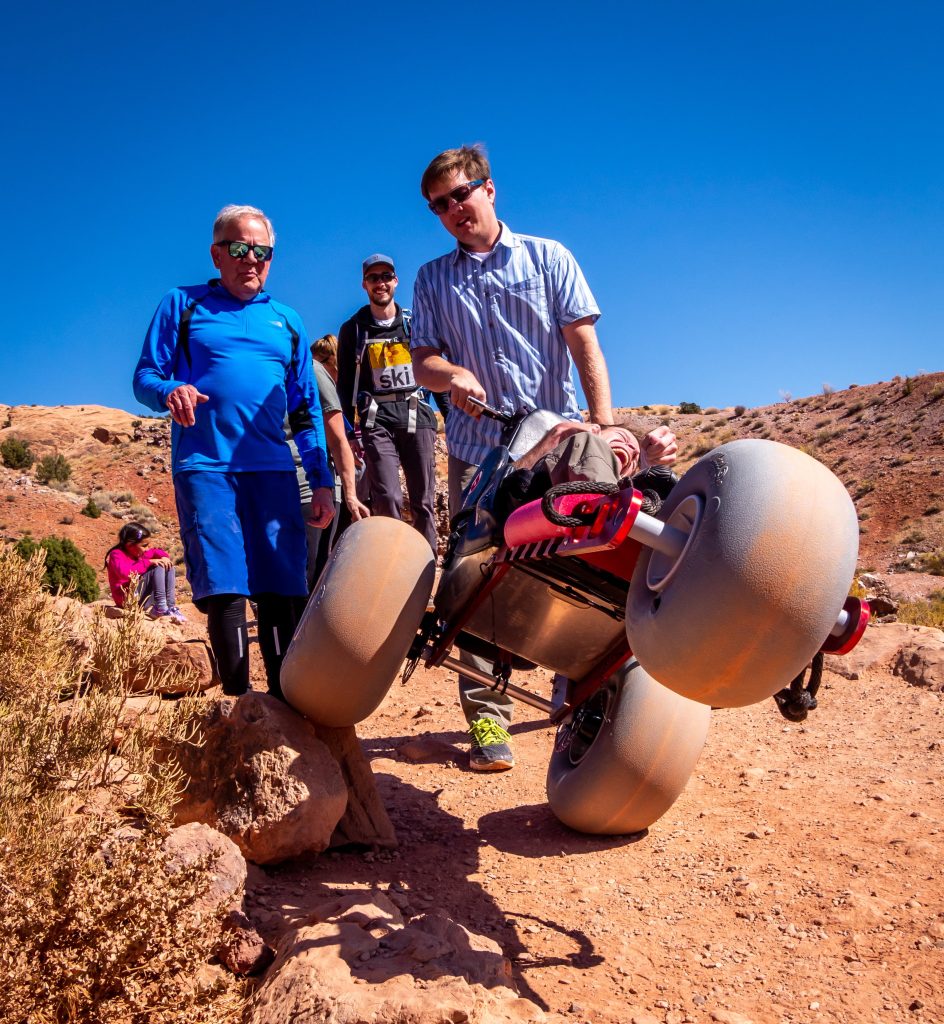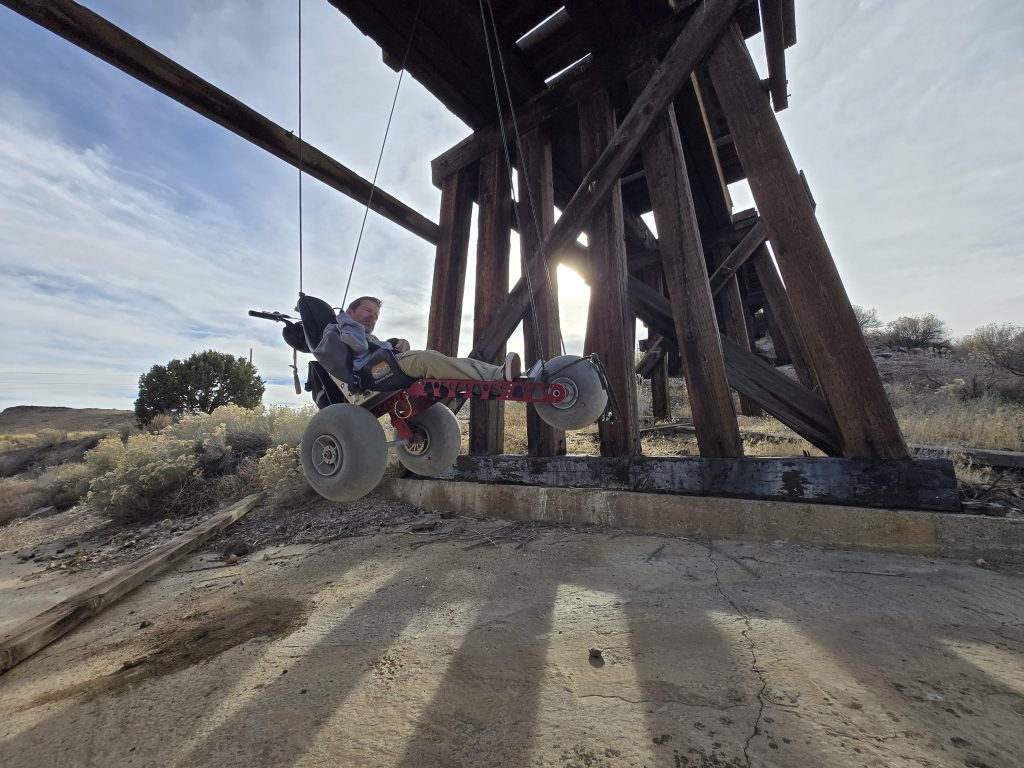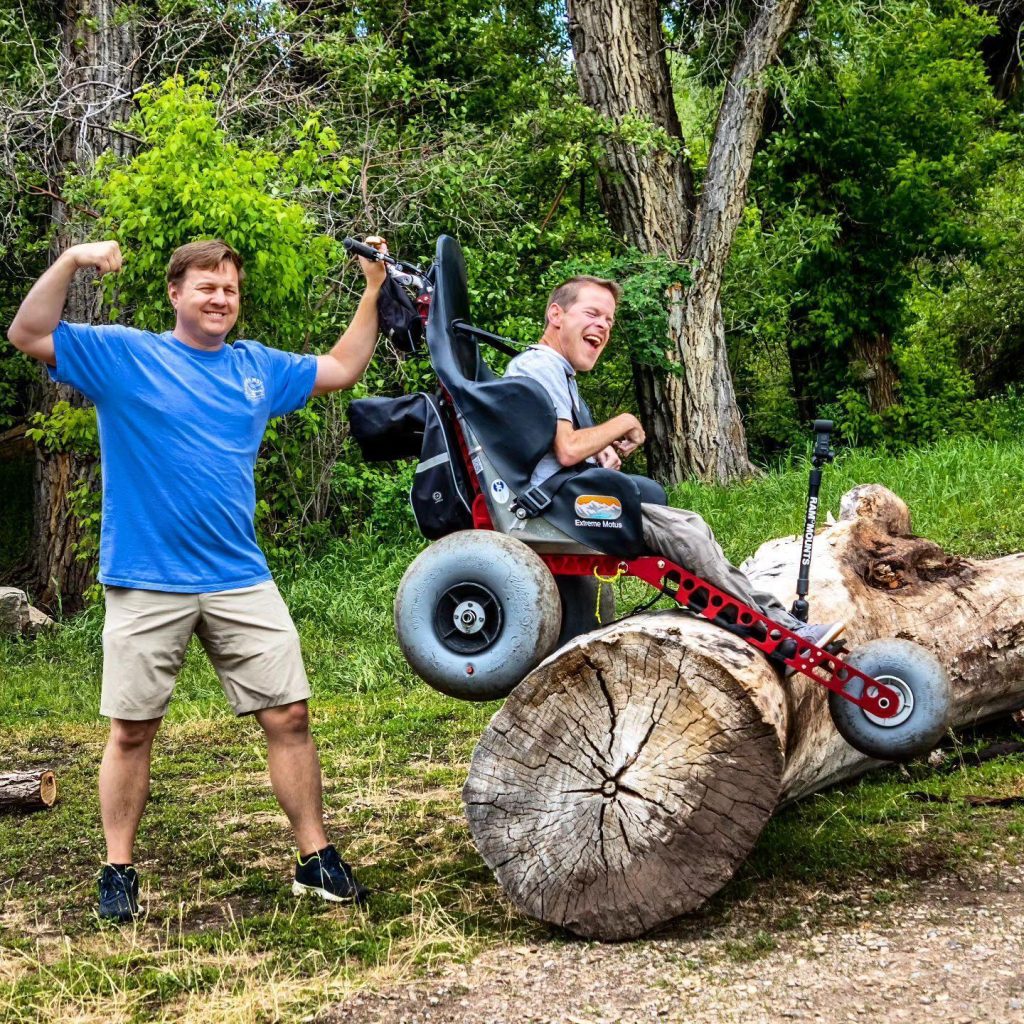A Guide to Choosing the Right All-Terrain Wheelchair
For those who crave the thrill of the open air but face mobility challenges, an all-terrain wheelchair is more than just equipment – it’s an essential part of enjoying an adventure.
Imagine conquering snow-dusted trails, navigating rocky hills, or even rolling onto the beach, feeling the wind in your hair and the earth beneath your wheels.
However, selecting the right all-terrain wheelchair can feel like navigating a mountain range itself.
This comprehensive guide will explore essential considerations and key features when acquiring an all-terrain wheelchair, ensuring it aligns perfectly with your unique needs.
All-Terrain Wheelchair Guide
1. Mobility Requirements
First things first, understand your needs:
Adventurer or Everyday Explorer? Whether you’re an experienced trailblazer or seeking to navigate everyday obstacles like curbs and grass and gravel paths, your choice will impact features such as suspension, wheel size, and power options.
Terrain Titans: Will your journeys take you to mountainous terrains or strolls in parks? Be honest about the challenges you anticipate, and select a wheelchair designed to tackle those specific landscapes.
Comfort is King (or Queen): From seat adjustments to ergonomic grips, prioritizing comfort ensures you can enjoy the journey, not just the destination.
Understanding your specific needs will help you select the most suitable model.

2. Terrain Considerations
Deciding on your all-terrain wheelchair requires careful consideration of the specific landscapes you’ll be exploring. Take into account the following key factors:
a. Surface: When selecting an off-road wheelchair, evaluate the primary terrains it will encounter—be it sand, gravel, mud, or rocky landscapes. Ensuring that the wheelchair’s tires and suspension are tailored to handle these specific surfaces is crucial. All-terrain wheelchairs are designed for versatility and enhance accessibility for outdoor enthusiasts.
b. Inclines: For those embarking on outdoor adventures featuring steep hills or uneven slopes, prioritize a wheelchair with exceptional traction and stability. This ensures a safe and comfortable experience, allowing wheelchair users to navigate challenging terrains confidently.
c. Water Resistance: Considering wet conditions? Choose an all-terrain wheelchair equipped with rust-resistant components and waterproof cushions. This not only enhances the wheelchair’s durability but also provides optimal comfort in adverse weather conditions. Whether facing rain or puddles, a water-resistant wheelchair ensures a reliable and comfortable outdoor experience.
All-terrain Wheelchair Features:

Wheelchair Features
3. All-Terrain Wheelchair Type
There are several types of all-terrain wheelchairs to consider:
a. Manual Wheelchairs: Designed for user-powered movement, a traditional wheelchair is operated using hand rims. These wheelchairs are lightweight and suitable for individuals with strong upper body strength.
b. Power Chairs: These chairs with electric power assist provide a high degree of independence, making them suitable for those with limited upper body strength.
c. Hybrid Wheelchairs: Seamlessly blending the advantages of manual and power chairs, the adaptability allows you to switch between manual and electric modes seamlessly, giving you the perfect blend of exercise and convenience.
d. Off-Road Wheelchairs: These specialized chairs are built to handle everything when the going gets tough. From rough terrain and steep inclines to snow and mud, these off-road warriors are the tanks of the wheelchair world.
4. All-Terrain Wheelchair Size and Weight
When contemplating the size and weight of a wheelchair, it becomes crucial, especially for frequent transportation. A lightweight and compact design can enhance manageability during travel and storage.
However, striking the right balance between size, weight, durability, and stability is essential to achieve a seamless fusion of portability and reliability, catering to the needs of riders on various terrains and during long walks. Additionally, assessing the wheelchair’s features and ability to meet the diverse requirements of riders is equally important.
5. Comfort and Seating
Comfort is paramount, so consider the following:
a. Seat Size: Ensure the seat size accommodates your body comfortably. Wheelchairs with adjustable seats are preferable, allowing you to customize them to your body shape. This adaptability enhances comfort and provides a tailored fit that aligns with your unique physical requirements.
b. Cushioning: The choice of cushioning significantly influences your overall comfort. Opt for a wheelchair equipped with cushions designed to offer robust support and effective pressure relief. This thoughtful selection promotes a more comfortable seating experience, especially during prolonged use.
c. Backrest: Look for a backrest that provides adequate support while allowing you to fine-tune its position according to your preferences. A well-designed backrest ensures that your back is adequately supported, contributing to an overall comfortable and ergonomic seating arrangement.
d. Armrests and Footrests: The adjustability of armrests and footrests is paramount for tailoring your wheelchair to meet your specific support needs. Confirm that these components are not only adjustable but also capable of providing the necessary support. This attention to detail ensures that every aspect of your wheelchair contributes to a comfortable and accommodating seating experience.
6. Mobility Aids
When selecting an all-terrain wheelchair, ensure it can accommodate additional mobility aids like leg rests, handrails, safety straps, or headrests. This is crucial to ensure optimal support, safety features, and comfort for individuals relying on these supportive accessories for added convenience during outdoor adventures.
The right model should seamlessly integrate with various accessories, providing both the necessary assistance and a secure, comfortable experience in the great outdoors.
Practical Considerations

7. Durability and Build Quality
All-terrain wheelchairs must be constructed with durability in mind to withstand the rigors of outdoor use. Look for wheelchairs made from sturdy materials like aluminum or steel, with reinforced frames and corrosion-resistant components. These materials can handle any weather, bumps, jolts, and the occasional scrape without flinching.
The construction quality is vital for handling uneven surfaces, rough ground, and off-road terrain, guaranteeing a dependable performance during outdoor activities.
8. Portability
When selecting your wheelchair, it’s crucial to assess the convenience of transport. Evaluate if you require easy disassembly or folding capabilities for portability. Certain models are designed to be effortlessly folded or disassembled, facilitating convenient storage in a car trunk or designated storage space.
Bonus tip: If you plan on flying with your wheelchair, check airline size and weight restrictions beforehand. Many manufacturers offer lightweight, travel-friendly models specifically designed for air travel.
9. Price and Budget
All-terrain wheelchairs vary in price, so establish a budget based on your financial capacity. Don’t forget to explore financial aid options! Grants, insurance coverage, and even crowdfunding can help bridge the gap. Talk to your healthcare provider, research local resources, and consider tapping into your network for support. Remember that investing in a quality powered or manual wheelchair is a long-term investment in mobility and comfort.
10. Customization and Accessories
When selecting a wheelchair, prioritize customization to tailor it to your unique requirements. Explore accessories such as off-road tires, push handles, hydraulic brakes, larger wheels, manual mode, or electric assist options for a more personalized and adaptable outdoor experience.
Conclusion

I hope that this guide has helped you get closer to selecting your perfect all-terrain wheelchair is a crucial decision with profound implications for mobility and overall well-being.
Deliberately weigh factors such as your mobility needs, terrain preferences, size, comfort, durability, portability, and budget to arrive at an informed decision.
This ensures that your all-terrain wheelchair seamlessly meets your requirements across diverse environments.
Feel free to seek advice from healthcare professionals or wheelchair experts during this process to pinpoint the optimal all-terrain wheelchair tailored to your specific needs.
Whether navigating rough grounds, hiking trails, or wheelchair-accessible paths, the right choice can unlock new adventures and provide invaluable support for disabled individuals seeking mobility solutions beyond standard environments.
Don’t hesitate to contact us with questions- if, for any reason, our product is not your best option, we’ll tell you. It’s in everybody’s best interest that you get the all-terrain wheelchair you need.
Every year, more families discover the freedom these chairs create—this Black Friday, demand is already building fast. By joining the early-access list, you secure your chance to order before the sale goes public on November 28, 2025.
Since 2019, Sam and Ryan have been demonstrating that nature is wheelchair accessible with the Extreme Motus All Terrain Wheelchair. From National Parks to Skateparks, their adventures prove that a manual off-road wheelchair can offer laughter and joy while navigating diverse terrains.
Join us as we continue to share these inspiring journeys.

Light, comfortable, and compact, the Extreme Motus glides over sand, rocks, grass, gravel, and even floats in water.
It’s more than a outdoor wheelchair; it’s your ticket to freedom. Embrace the outdoors with confidence, knowing our off-road wheelchair is engineered for durability and ease of use.
Be the first to hear about new gear, upcoming adventures, and exclusive offers. As a welcome gift, enjoy $10 off your first Motus T-Shirt when you subscribe.
By subscribing you agree to receive marketing communications from Extreme Motus, including product updates, promotions, and special offers. I understand I can unsubscribe at any time.



